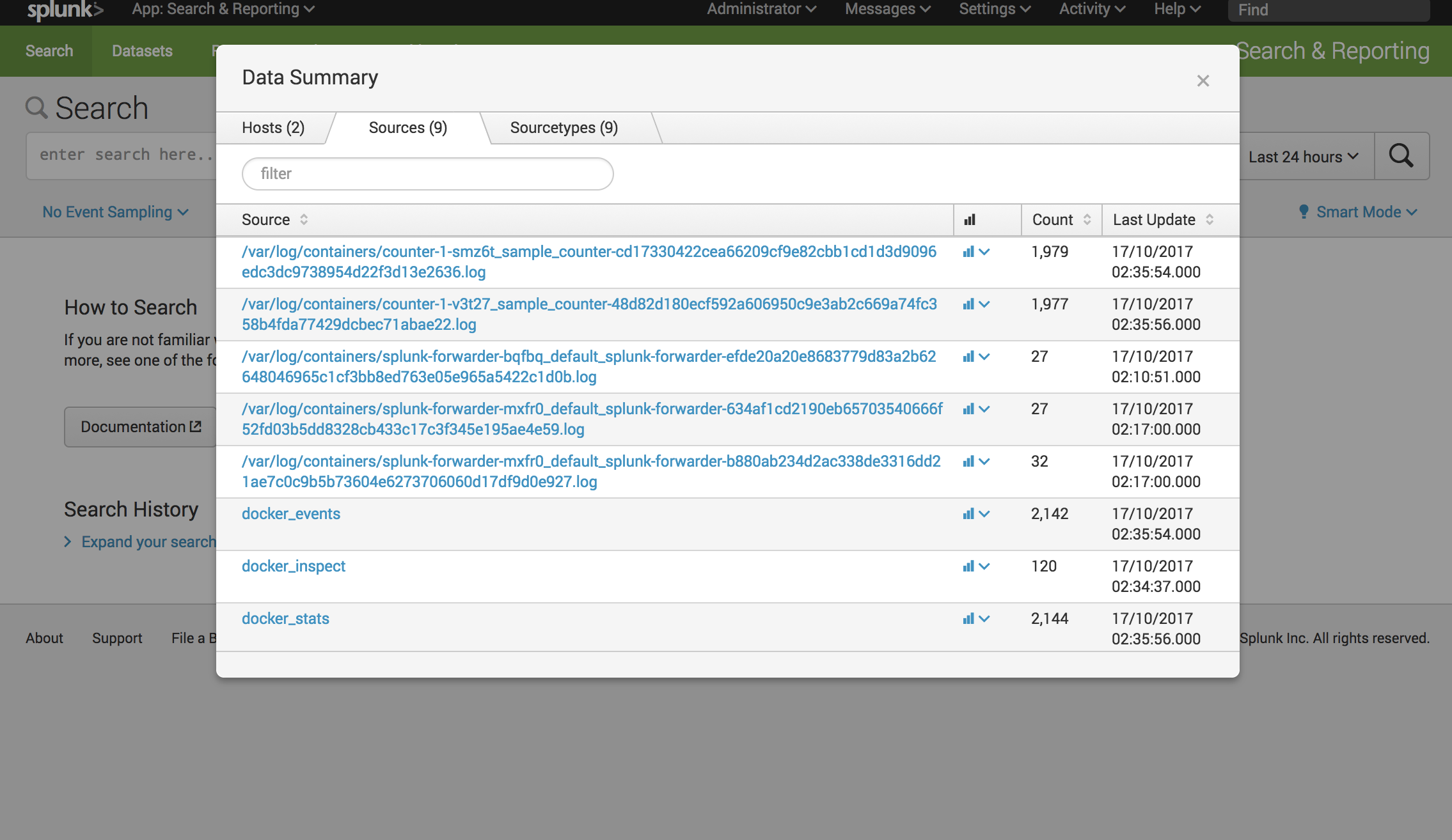

Monitoring the WebLogic port is thus not an option since WebLogic has claimed it already. The TCP/UDP and HTTP options open up a port on the local machine, which is then monitored. Splunk can use a lot of different sources of data. In order to make service response times available in Splunk, you first have to tell it how it can obtain the data. A single request will not show up until the access.log has exceeded the buffer size. Your results will thus not immediately be available in Splunk. See here on how you can change the buffering behavior. Please mind that the access.log file is buffered. Configure the WebLogic HTTP log Add the time-taken field Here you can add time-taken as a field to log in the Extended Logging Format Fields. Go to your server, Logging, HTTP and click the Advanced button. You can configure this from the WebLogic Console. This can easily be expanded with the time which is required to process a request. The access.log file stores by default some data on HTTP requests such as timestamp, HTTP status code, url and the size of the request. Correlation of request and response messages is not possible OOTB with the log_policy access.log This can require some work, especially if you want to add them in the request, since all consumers need to use these headers. Several HTTP or SOAP headers could potentially be used for this, but they have to be present in the request and in the response. The ECID can also be the same for different requests in a call chain. An ECID is logged, but the ECID can differ for a request and response.

There is however not (without alteration of the policy) a way to correlate the request with the response message. The policy logs request and response messages. This policy can be applied to an endpoint. Making service response times available log_policyĪt first I thought about using the OWSM policy oracle/log_policy. This might also be an indication of what can quickly be achieved with Splunk with little knowledge. Disclaimer my experience with Splunk is something like 2 hours. In this example I’ll use the HTTP access log which I expand with a time-taken field. In order to monitor service response times with Splunk, Splunk needs to obtain its data from somewhere. In this blog article I will describe a method of measuring Oracle SOA service response times with Splunk a popular monitoring tool. Measuring performance of services can be done in various ways.


 0 kommentar(er)
0 kommentar(er)
